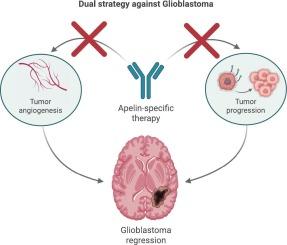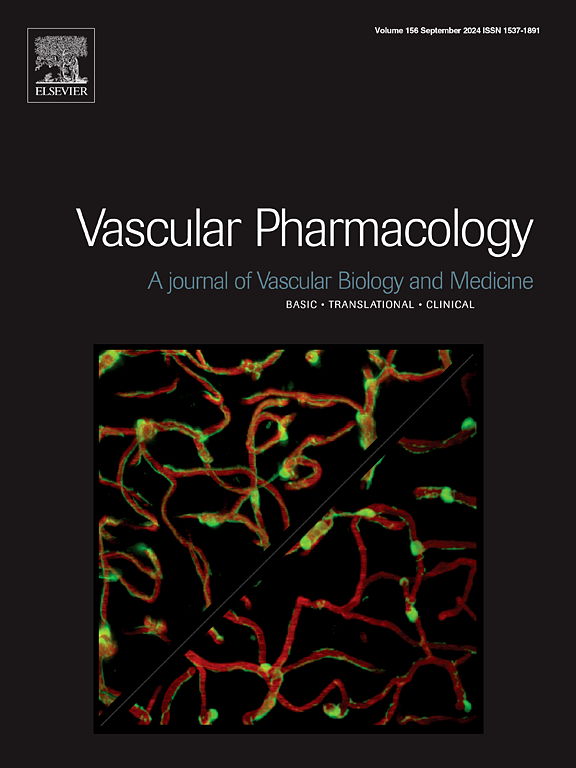胶质母细胞瘤中的Apelin:肿瘤和血管干预的双重靶点。
IF 3.5
3区 医学
Q2 PHARMACOLOGY & PHARMACY
引用次数: 0
摘要
胶质母细胞瘤(GBM)是成人中最常见和最致命的原发性脑肿瘤,其特点是进展迅速,肿瘤内异质性严重,尽管采用多种治疗方法,预后仍差。目前的标准治疗,包括最大限度的手术切除,放疗和替莫唑胺化疗,只能提供适度的生存益处,大多数患者面临不可避免的复发。GBM的一个决定性特征是其明显的血管增生,这支持肿瘤的进展。这激发了人们对靶向血管生成作为潜在治疗方法的兴趣。Apelin是一种参与血管生成和内皮细胞增殖调节的肽,在GBM的发病机制中起着关键作用。Apelin/APJ信号通路参与促进肿瘤血管化、侵袭性和对治疗的抵抗,使其成为一个有希望的治疗靶点。本文综述了Apelin/APJ通路在GBM进展中的作用,重点讨论了其在血管生成、肿瘤生长和侵袭中的作用。通过整合目前的研究结果,我们旨在建立靶向Apelin信号作为GBM新治疗策略的基本原理,最终目标是克服治疗耐药性并改善患者预后。本文章由计算机程序翻译,如有差异,请以英文原文为准。

Apelin in glioblastoma: A dual target for tumor and vascular intervention
Glioblastoma (GBM) is the most prevalent and lethal primary brain tumor in adults, marked by rapid progression, profound intratumoral heterogeneity and poor prognosis despite multimodal therapy. Current standard-of-care treatments, including maximal surgical resection followed by radiotherapy and temozolomide chemotherapy, offer only modest survival benefits, with most patients facing inevitable recurrence. A defining feature of GBM is its pronounced vascular proliferation, which supports tumor progression. This has spurred interest in targeting angiogenesis as a potential treatment approach. Apelin, a peptide involved in the regulation of angiogenesis and endothelial cell proliferation, has emerged as a key player in GBM pathogenesis. The Apelin/APJ signaling pathway is implicated in promoting tumor vascularization, invasiveness, and resistance to therapy, making it a promising therapeutic target. This review explores the role of Apelin/APJ pathway in GBM progression, focusing on its contribution to angiogenesis, as well as tumor growth and invasiveness. By integrating current findings, we aim to establish the rationale for targeting Apelin signaling as a novel therapeutic strategy in GBM, with the ultimate goal of overcoming treatment resistance and improving patient outcomes.
求助全文
通过发布文献求助,成功后即可免费获取论文全文。
去求助
来源期刊

Vascular pharmacology
医学-药学
CiteScore
6.60
自引率
2.50%
发文量
153
审稿时长
31 days
期刊介绍:
Vascular Pharmacology publishes papers, which contains results of all aspects of biology and pharmacology of the vascular system.
Papers are encouraged in basic, translational and clinical aspects of Vascular Biology and Pharmacology, utilizing approaches ranging from molecular biology to integrative physiology. All papers are in English.
The Journal publishes review articles which include vascular aspects of thrombosis, inflammation, cell signalling, atherosclerosis, and lipid metabolism.
 求助内容:
求助内容: 应助结果提醒方式:
应助结果提醒方式:


